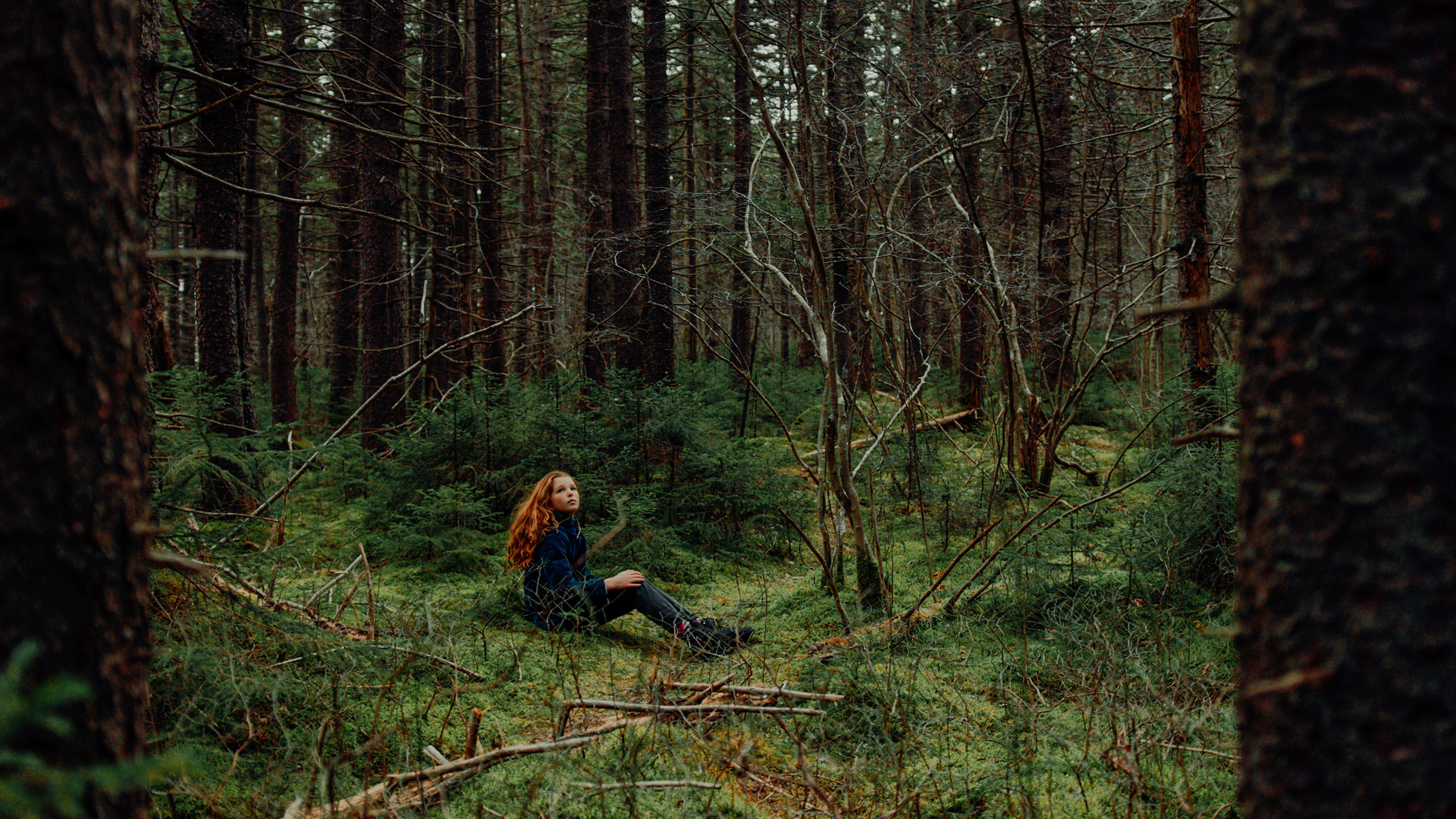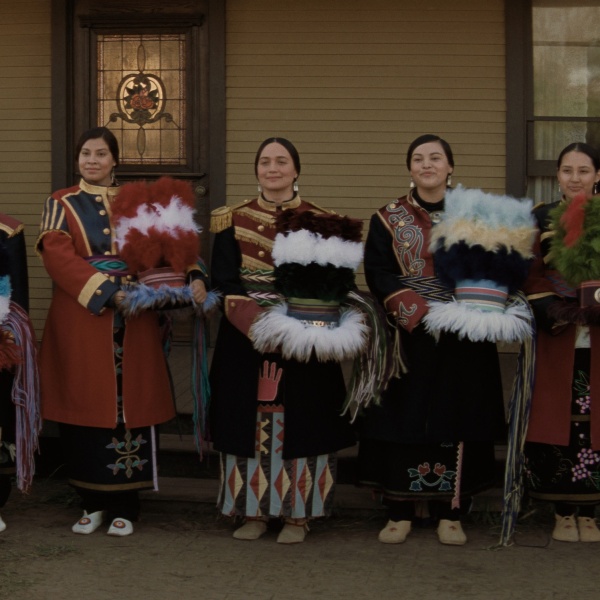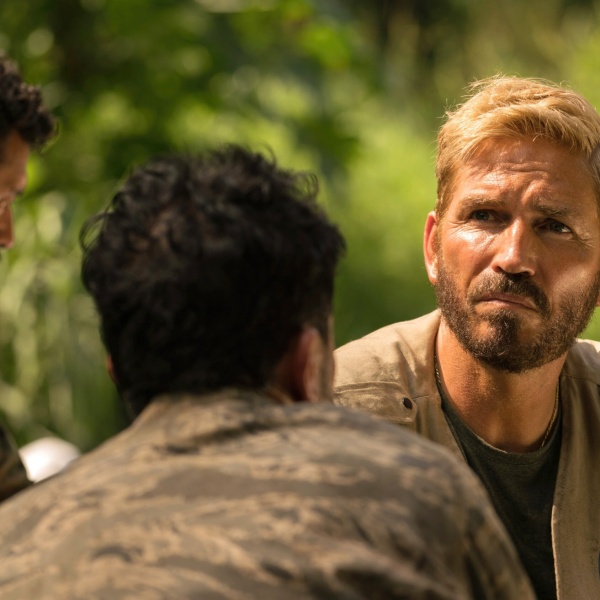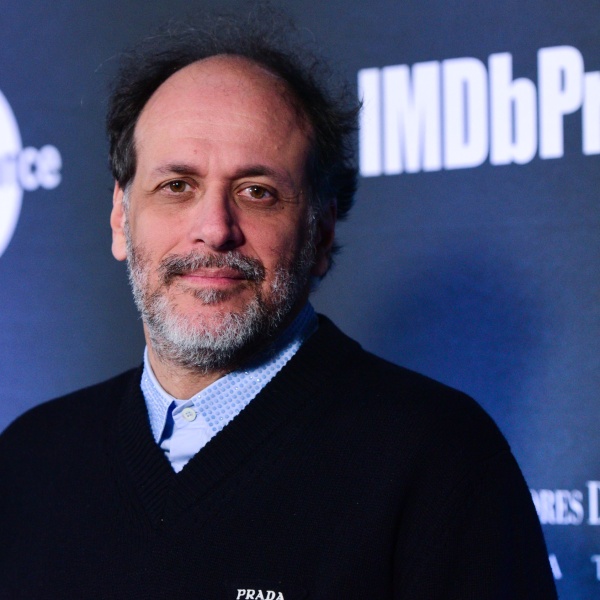Editor’s note: This review was originally published at the 2023 Sundance Film Festival. Drexler Films releases the film in select theaters on Friday, August 11.
The Appalachian Mountains are beyond ancient. As director Elaine McMillion Sheldon points out in the voiceover narration of her new documentary “King Coal,” the New River is ironically named, given that it’s the second-oldest river in the world. There are rocks in those hills that were formed more than a billion years ago, and the coal nestled inside them is the residue of the Earth slowly digesting plants that lived long before the first Homo sapiens. But the stranglehold that “king coal” — a totemic name that Sheldon gives to coal mining as a business — has had over the region is only a few hundred years old.
Sheldon has made a career of documenting life in her native West Virginia, most notably in the Netflix documentary “Recovery Boys” and its Oscar-nominated counterpart “Heroin(e).” Both films focused on the opioid epidemic, a key symptom of the existential and economic sickness that’s gripped Appalachia for decades. “King Coal” goes deeper into the cultural roots of the opioid crisis, looking at a region both devastated and nurtured by “the King” and asking what a future without it might look like.
The first half of “King Coal” hews closer to the observational style established in Sheldon’s previous work. The camera hangs back as it captures a series of community happenings in various states — “King Coal” was shot in Pennsylvania, Kentucky, Virginia, North Carolina, Tennessee, and West Virginia — centered around coal. We see coal festivals and coal shoveling contests. A coal-themed amusement park with educational activities for kids. Coal fun runs where the participants are blasted with coal dust before they cross the finish line. The Bituminous Coal Queen pageant, an event that is held every year in the tiny southwestern Pennsylvania town of Carmichaels (population 434).
Under other lenses, these events might seem quaint or kitschy. But “King Coal” sees them as feudal subjects pledging their fealty. Sheldon’s lived her whole life in what she calls “the frail days of our King,” a period where coal mining is waning in economic significance while keeping its place at the center of Central Appalachian culture. There are only 12,000 people still working as coal miners in West Virginia, including the director’s brother; coal mining has supported her family for four generations. And as the number of miners dwindles, the region loses something bigger: A sense of identity and pride.
“King Coal” is in no way pro-coal. Mining is a dangerous, low-paying, environmentally destructive profession, and despite her family history, Sheldon is ambivalent. She talks about listening to Loretta Lynn and feeling “proud to be a coal miner’s daughter” and then tells the story of a 500-year-old tree that a mining company cut down. Ghosts, spirits, and animistic folk beliefs form a recurring thread in Sheldon’s narration, and “King Coal” feels haunted by the bosses who stripped the land of its resources — quite literally, as seen in drone shots of mountains scarred by mining — and left the people behind.
In the end, Sheldon looks to the land itself for meaning. In its second half, “King Coal” shifts into something more personal, poetic, and spiritual. Returning to her observation about her grandfather and his work as a volunteer gravedigger, Sheldon decides to hold a symbolic funeral for “the King” to release his spirit and allow the people of Central Appalachia to move on. The sequence where “mourners” gather on a green West Virginia hilltop dressed in black is shamanic and potent, harnessing the power of ritual to break the complicated cycle of sustenance and exploitation that has marked coal’s reign.
Around this same time, Sheldon’s narration shifts from “I” and “me” to “we” and “us.” This collective sense of identity carries through to other aspects of the film: On the positive side, the holistic sound mixing immerses the viewer in nature, tying together the narration and footage with a creative use of sound effects. And the music combines lilting melodies and potent rhythms to honor both the region’s Scots-Irish and Black settlers. (The credits include a “breath artist” whose contributions make more sense as things turn into Malickian nature worship later on.) But “King Coal” is often better at suggesting than stating things outright. That means certain storytelling devices, like two unnamed girls who stand in for the future of Appalachia throughout the film, flounder until a key detail finally makes them snap into place.
“King Coal” finds its purpose in this process, as a loose collection of segments covering different aspects of coal mining and culture in Appalachia crystallizes into a statement of hope for the region. Sheldon doesn’t hold the viewer’s hand when discussing the future; she hints at a back-to-the-land movement with a sequence of one girl’s mother teaching her how to forage wild plants but doesn’t delve into it in any detail. This subtlety can be frustrating in the sense that a viewer walks away at the end of the film without any actionable insights. But to propose answers for a complex and shifting series of problems and identities would be disingenuous. Sheldon might not know what comes next, but it’ll be as wild as the land she comes from. “King Coal” begins with the ashes and ends as a phoenix.
Grade: B
“King Coal” premiered at the 2023 Sundance Film Festival.






